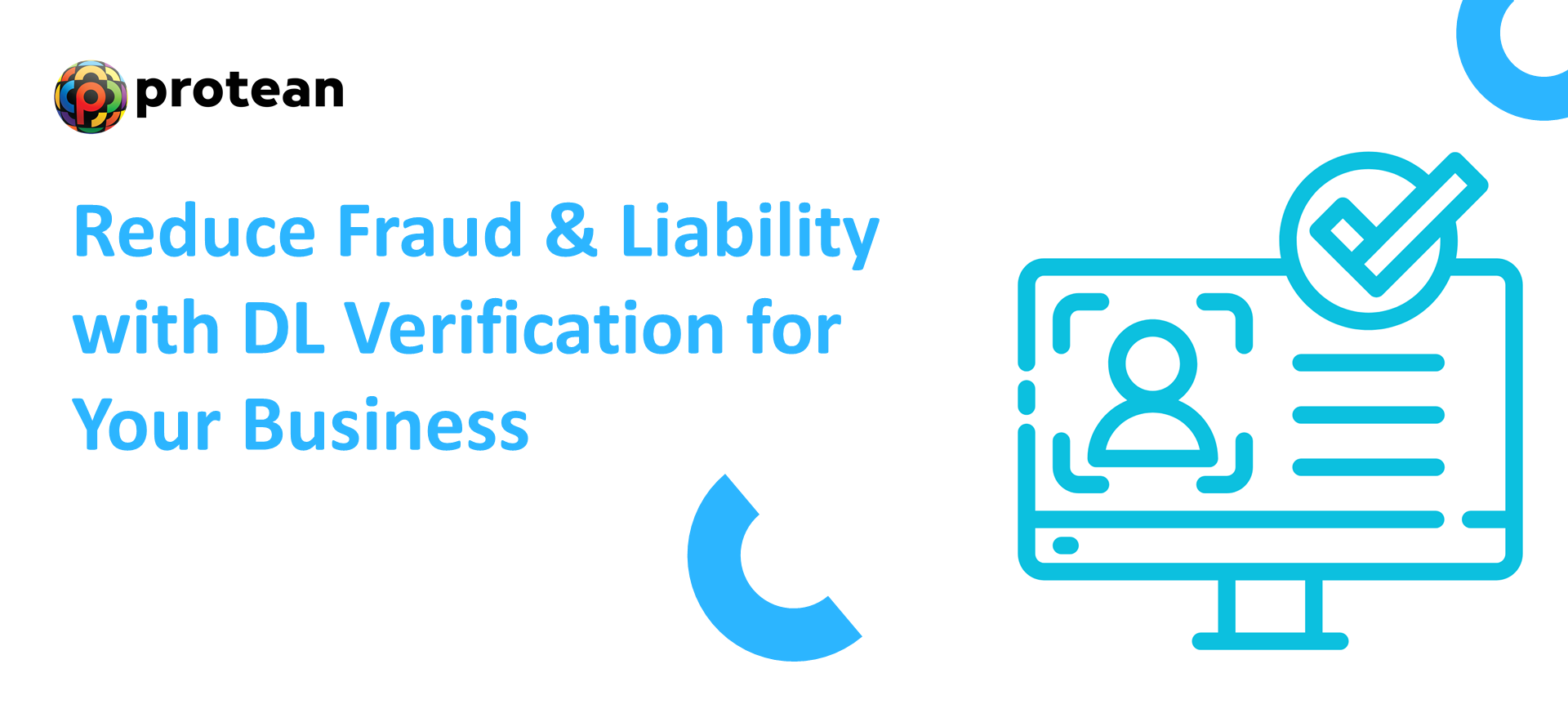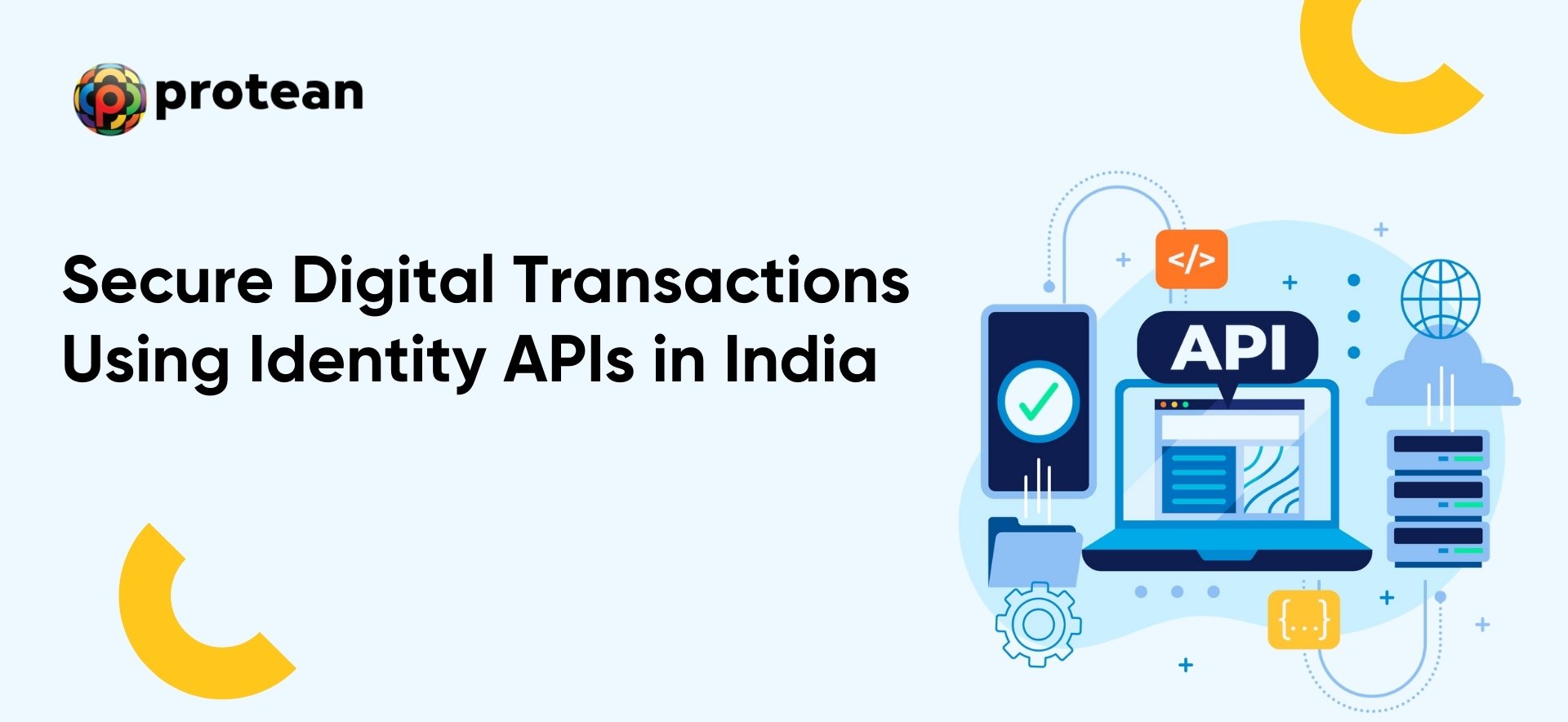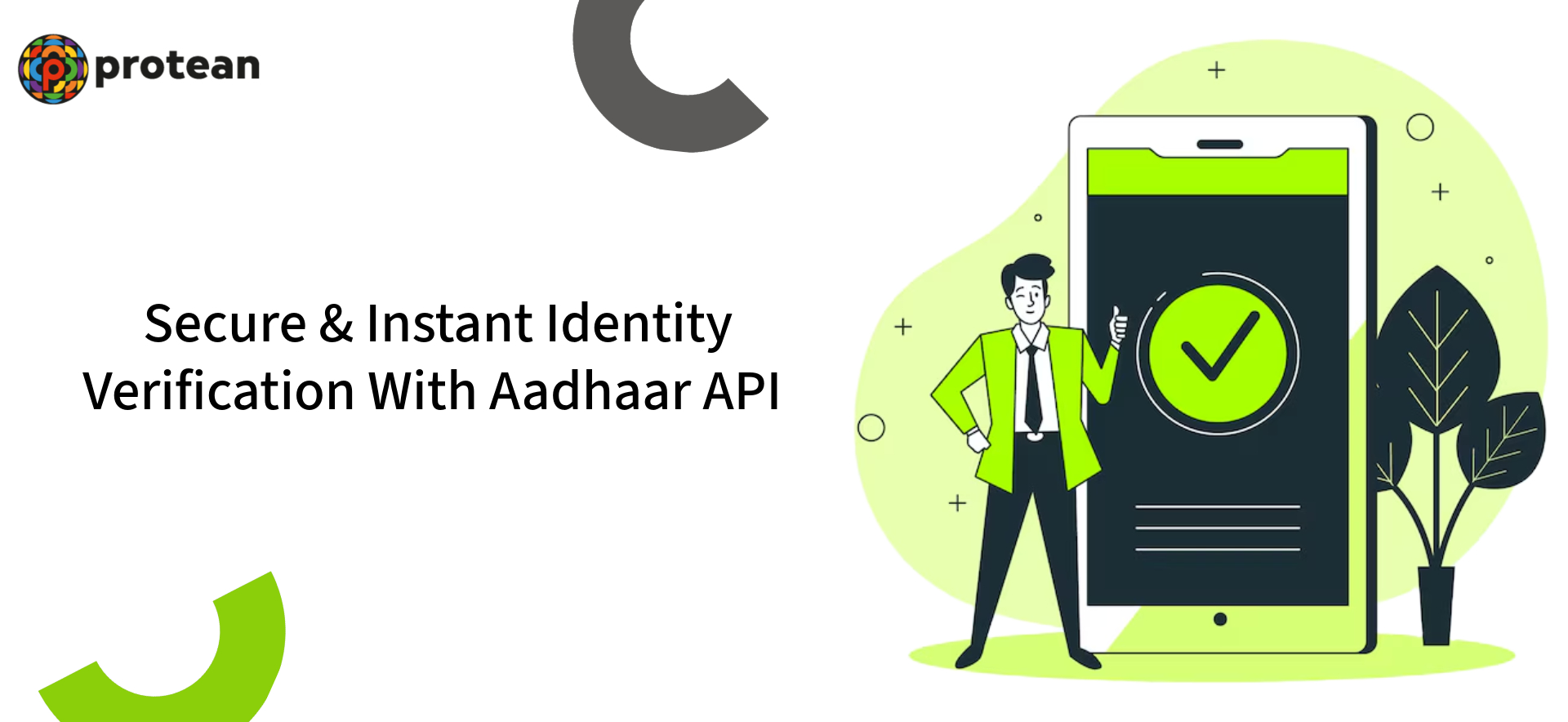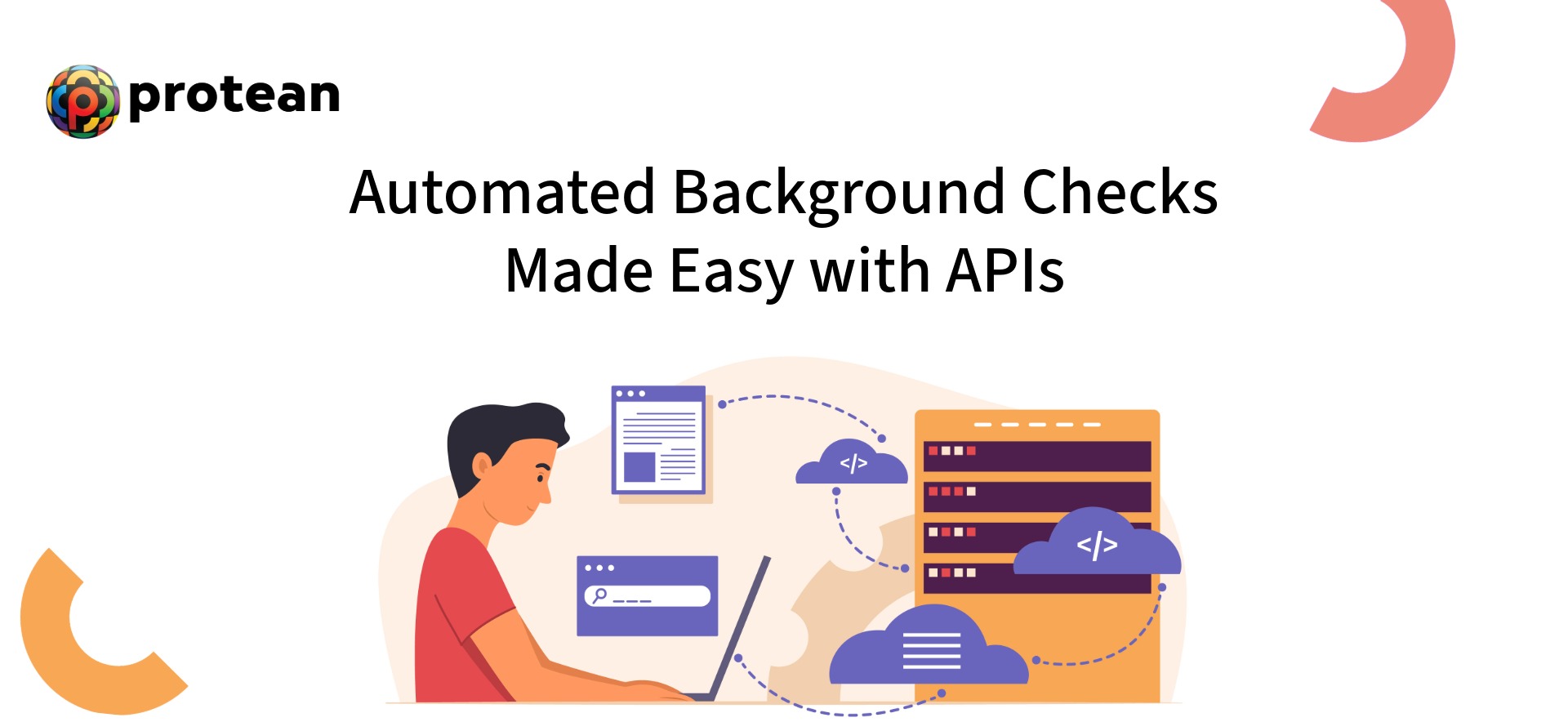Blogs
DL Verification: How to Reduce Fraud and Liability for Your Company
Companies are constantly seeking ways to streamline operations and build trust. For businesses that rely on a mobile workforce, especially drivers, a critical challenge looms ensuring the authenticity and validity of their employee’s or partner’s driving licenses. Relying on a photocopy or a visual check of a physical card poses serious risk due to potential forgery or outdated information. A fake, expired, or suspended license can lead to serious legal and financial liabilities, not to mention significant reputational damage.
DL verification, or Driving License verification, is a powerful tool designed to solve this exact problem. Companies can verify a driver's credentials in real-time by using a secure and instant digital process. The most effective way to do this at scale is through a robust DL verification API. This guide will explore how a proactive DL verification strategy can protect your business from fraud and significantly reduce liability, ensuring your operations are not just efficient, but also safe and compliant.
The High Cost of Unverified Driver Data
Manual and unverified driver data is a ticking time bomb for any business operating in the transport, logistics, or mobility sectors. The risks are substantial and far-reaching:
1. Financial and Legal Liability
If a driver with an expired or fake license causes an accident while on company duty, your business could face severe legal consequences, heavy fines, and massive financial liability.
2. Reputational Damage
News of an incident involving an unverified driver can quickly tarnish your brand's reputation, leading to a loss of customer trust and a decline in business.
3. Operational Inefficiency
The manual DL verification process is slow and can create bottlenecks in your hiring and onboarding workflows. It's not scalable and is prone to human error, which can lead to compliance issues down the road.
4. Fraudulent Practices
A fake driving license can be a gateway to identity fraud. Unverified data makes it easier for individuals to misrepresent themselves, which can expose your business to a variety of fraudulent activities.
| Also Read: Modern Driver’s License Verification in India |
What is a DL Verification API?
A DL verification API is a digital bridge that connects your business's software to a trusted government database. Instead of a person manually checking a license number against a public portal, your system sends the license details to the API, which instantly verifies them and sends back a response.
This entire process is secure, automated, and happens in a matter of seconds. It's a key part of a larger digital strategy and is often managed through a powerful API management platform that ensures the service is reliable, scalable, and secure. A good api management system provides a single point of control for managing all your API integrations, including DL verification api services.
How API Integration Reduces Fraud and Liability
Implementing a DL verification solution through an API Integration is a strategic move that fundamentally strengthens your business. Here are the key benefits:
1. Instant and Accurate License Status Checks
The most direct benefit of a DL verification API is its ability to instantly check the status of a driver's license. The API can confirm if the license is active, expired, or suspended. This real-time information allows your business to make quick and informed decisions, preventing you from onboarding or engaging with a driver who is not legally authorized to operate a vehicle.
2. Identity Confirmation and Fraud Prevention
A DL verification API primarily checks license status and validates identity data by matching provided driver details with official database records. The API can match the name and other details provided by the driver with the information in the official database. This dual check provides a robust layer of protection against fraudulent individuals who might be using fake or stolen licenses to gain access to your platform or services.
3. Proactive Risk Management
Your DL verification strategy becomes a proactive, ongoing process with an API integration. You can set up your systems to perform periodic re-verifications of all your driver’s licenses to ensure they haven't expired or been suspended. This continuous monitoring is a critical part of a comprehensive risk management strategy, ensuring that you are always compliant and your business is protected.
4. Streamlined Onboarding and Operational Efficiency
Integrating a DL verification API into your onboarding workflow eliminates paperwork, manual data entry, and waiting times. New drivers or employees can be verified in a single digital step, which not only speeds up the process but also provides a superior and modern onboarding experience. This efficiency allows your HR and operations teams to focus on more strategic tasks rather than manual, repetitive work.
The Role of API Management in DL Verification
For a company to fully benefit from a DL verification API, it needs a solid API management strategy. This involves:
1. Security
Ensuring that the API is secure and that all data transferred is encrypted to protect sensitive information.
2. Scalability
The API management platform should be able to handle a large volume of verification requests, ensuring that the service remains fast and reliable even during peak times.
3. Monitoring
The platform should provide tools to monitor the API's performance, track its usage, and alert you to any potential issues.
Conclusion
A robust DL verification strategy is a non-negotiable investment for any business that depends on drivers or a mobile workforce. You are taking a proactive step to reduce fraud, minimize legal and financial liability, and protect your brand's reputation by embracing a secure and scalable DL verification API. It's a key part of a modern, efficient, and secure operational framework that enables your business to grow with confidence.
Frequently Asked Questions (FAQs)
Q1: What is DL verification?
DL verification is the process of confirming the validity and authenticity of a person's driving license against an official government database.
Q2: How does a DL verification API work?
A DL verification API allows a business's software to send a driving license number and other details to a government database and receive an instant response about its validity and status.
Q3: Is it legal to verify a person's driving license?
Yes, it is legal to verify a person's driving license. However, businesses must ensure they have proper consent from the individual and use a compliant DL verification API service.
Q4: What information does the API provide during verification?
A DL verification API typically confirms the license status (active/expired), the name of the license holder, date of birth, vehicle class and related details but it restricts access to highly sensitive personal information unless authorized.
Q5: Is DL verification the same as eKYC?
No, DL verification is a part of the larger eKYC process. It is a specific check for a driving license, while eKYC is a comprehensive process for verifying a person's full identity.






